info to blockrize & stack - Efficient Organizing Tool

Streamline Information with AI
こちらのURLを参考に、炎をブロックにしてください。
先に作られた炎のブロック群をベースに、太陽をブロック化し追加または積み重ねてください。
数値が1のブロックを全て消去してください。
既存のブロックから重複する内容のブロックを、先に作られた方へ積み重ねてください。
Get Embed Code
Introduction to Info to Blockrize & Stack
Info to Blockrize & Stack is a specialized AI function designed to organize and classify information into concise, easily understandable blocks. The primary purpose of this design is to simplify complex data into manageable segments, making information easier to process, compare, and analyze. For instance, if given a broad topic like 'sustainable energy sources,' it would break down the information into smaller blocks such as 'solar power,' 'wind energy,' and 'hydroelectric power,' each with specific characteristics like 'renewable,' 'low carbon footprint,' and 'cost-effective.' This method allows users to quickly grasp the essentials of a subject without getting overwhelmed by details. Powered by ChatGPT-4o。

Main Functions of Info to Blockrize & Stack
Information Classification
Example
Breaking down a complex topic like 'climate change' into blocks like 'causes,' 'effects,' 'mitigation strategies,' and 'case studies.'
Scenario
In an educational setting, a teacher could use this function to create clear, concise study materials for students.
Data Organization
Example
Organizing customer feedback into categories such as 'product quality,' 'customer service,' 'pricing,' and 'user experience.'
Scenario
A business analyst could use this function to categorize and prioritize customer feedback for product improvement strategies.
Content Summarization
Example
Summarizing a long research article into key points like 'research objective,' 'methodology,' 'findings,' 'conclusions,' and 'recommendations.'
Scenario
Researchers and students could use this to quickly grasp the essence of articles without reading them in their entirety.
Ideal Users of Info to Blockrize & Stack Services
Educators and Students
This group benefits from simplified data organization for teaching and learning purposes, making complex subjects more accessible.
Researchers and Analysts
Professionals in data-intensive fields who require efficient ways to distill and categorize large volumes of information for analysis, reporting, and decision-making.
Business Professionals
Managers and executives looking for a structured way to analyze business reports, market research, and customer feedback to make informed decisions quickly.

How to Use Info to Blockrize & Stack
1
Visit yeschat.ai for a free trial, no login or ChatGPT Plus required.
2
Input your data or information that you wish to organize into the tool's interface.
3
Use the blockrize feature to categorize your information into concise, manageable blocks.
4
Apply the stack function to arrange these blocks based on relevance, frequency, or any custom criteria you choose.
5
Review and adjust the blockrized and stacked information as needed to refine your data's structure and clarity.
Try other advanced and practical GPTs
Blog Post Title Tag Generator
Crafting Your Content's First Impression
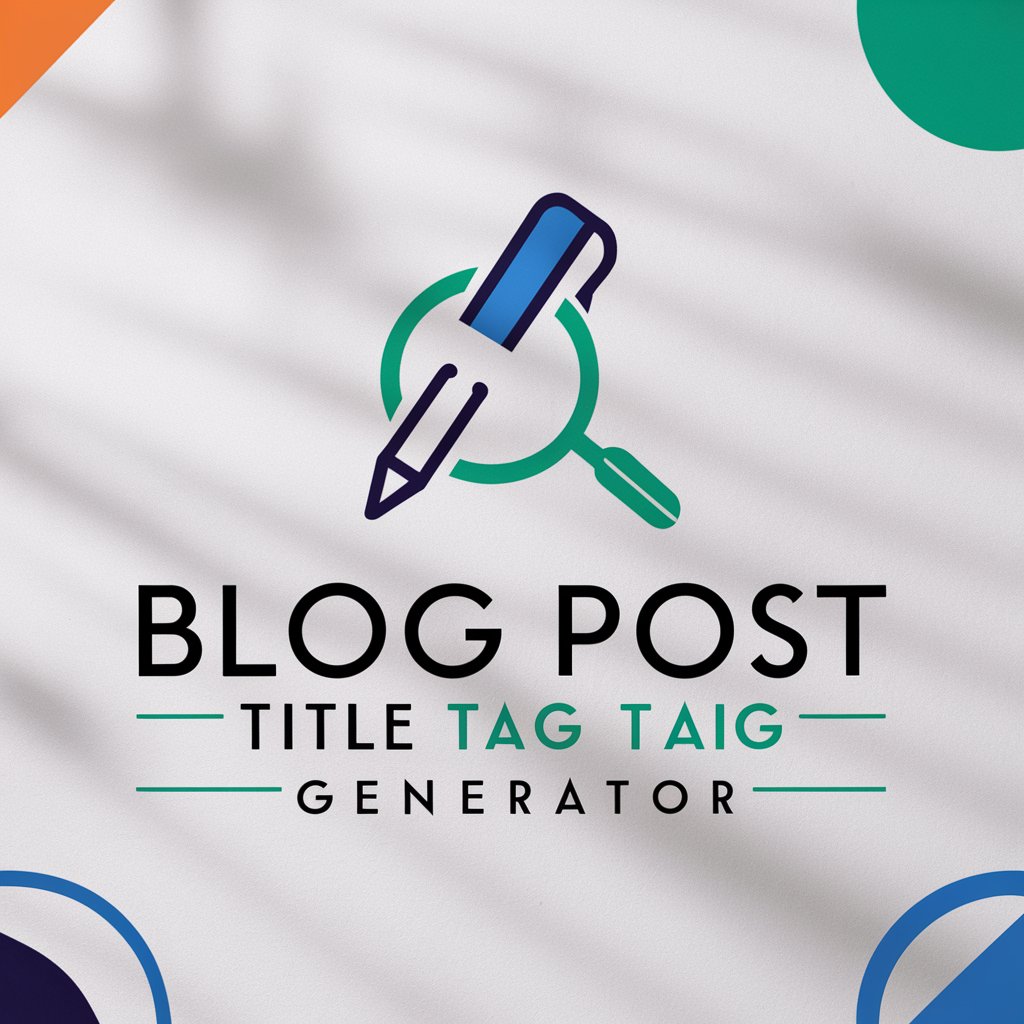
KAIJU
Unleashing the World of Japanese Media

天词练
Unlock Insights with AI-Powered Analysis
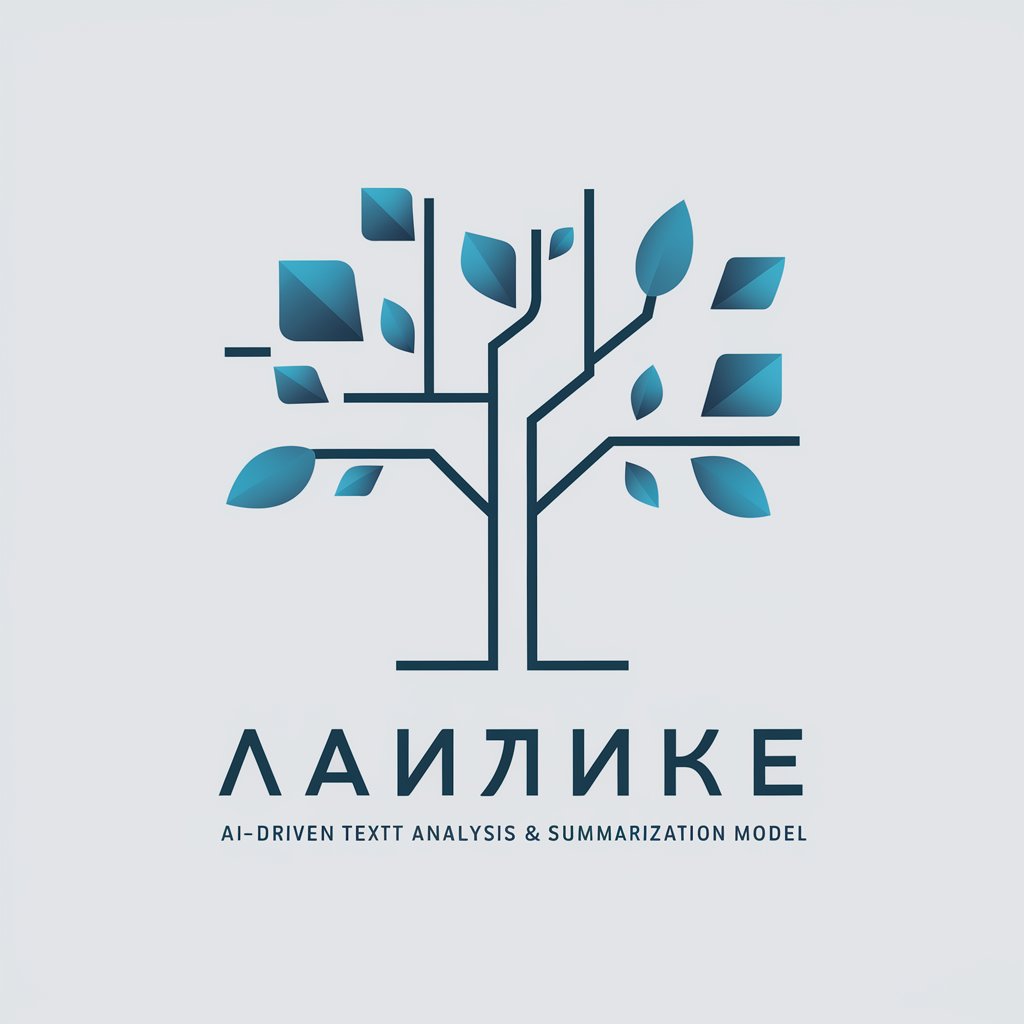
Why Should I Learn This
Unlock Learning with AI-Powered Insights
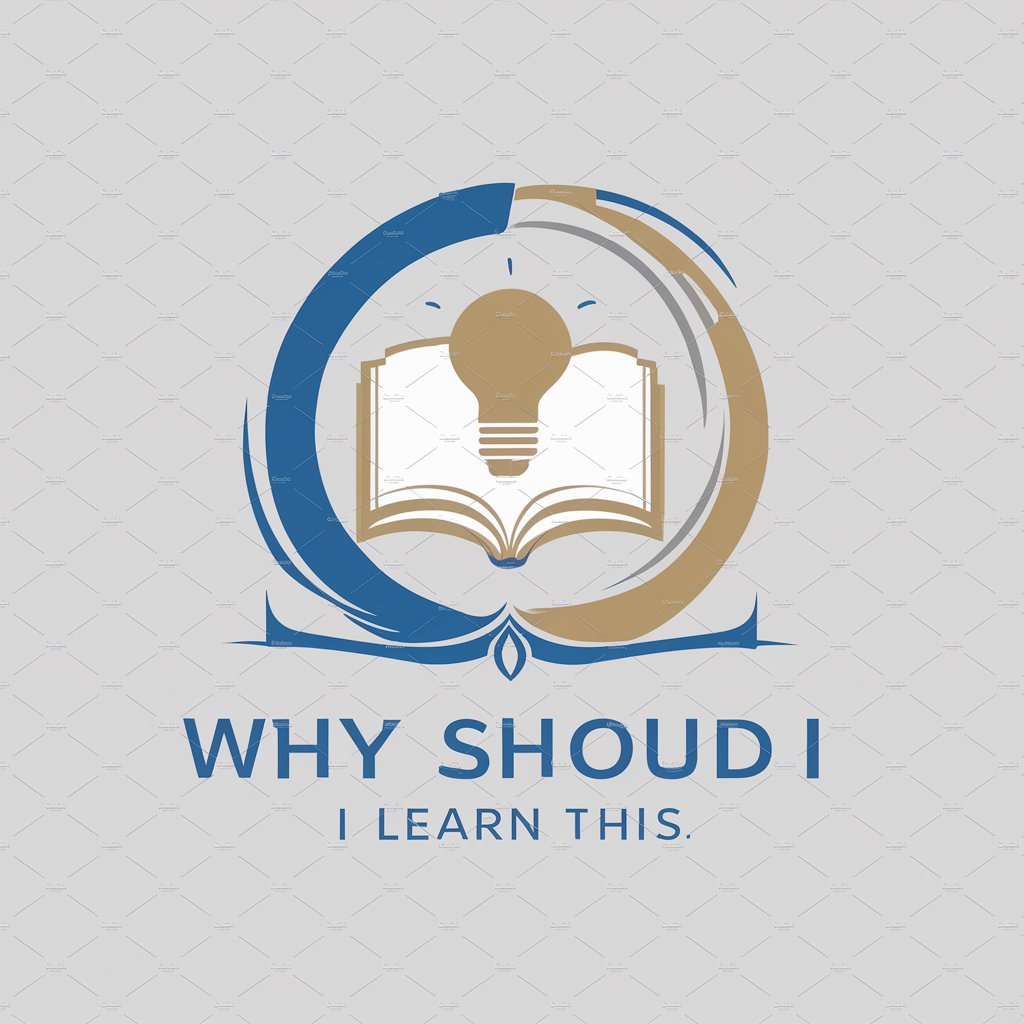
あだ名クリエーター
Creative Nicknames from Images
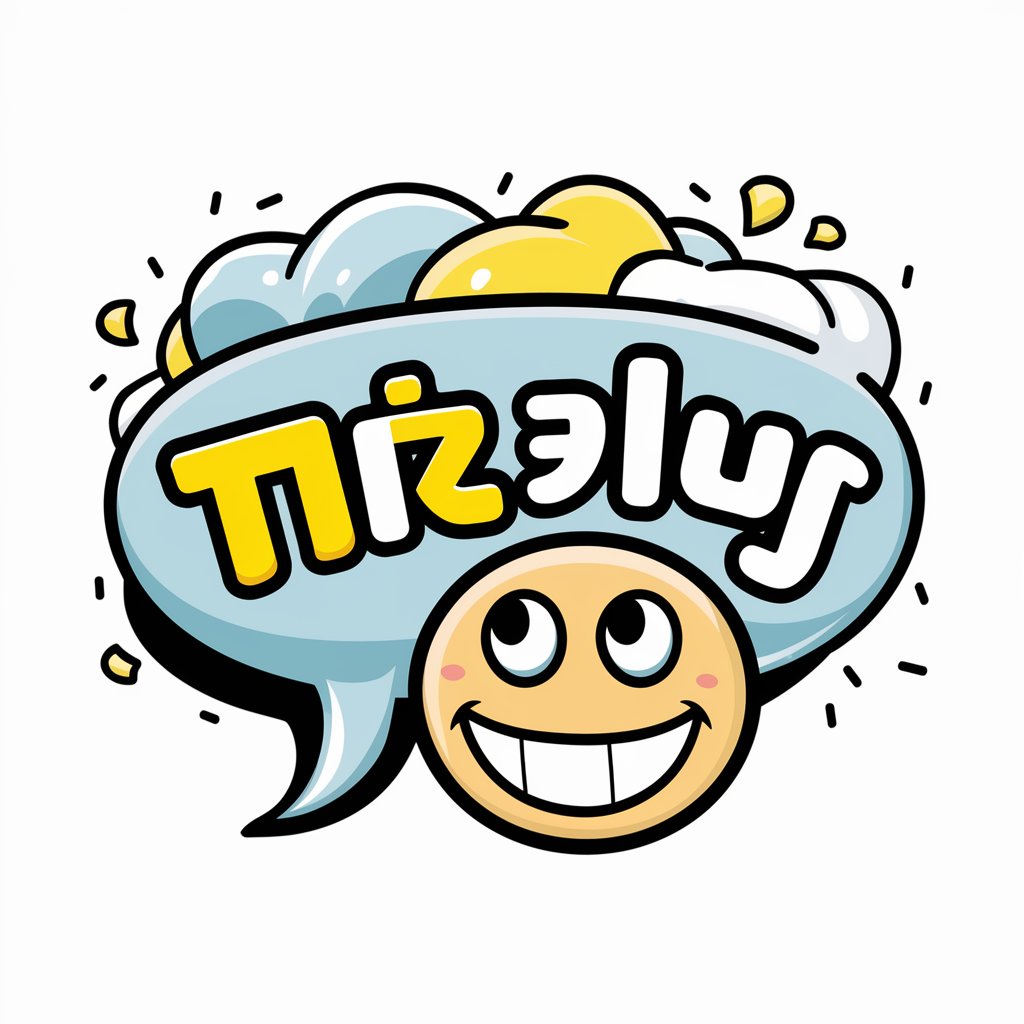
AI Image Generator
Visualize Your Ideas with AI
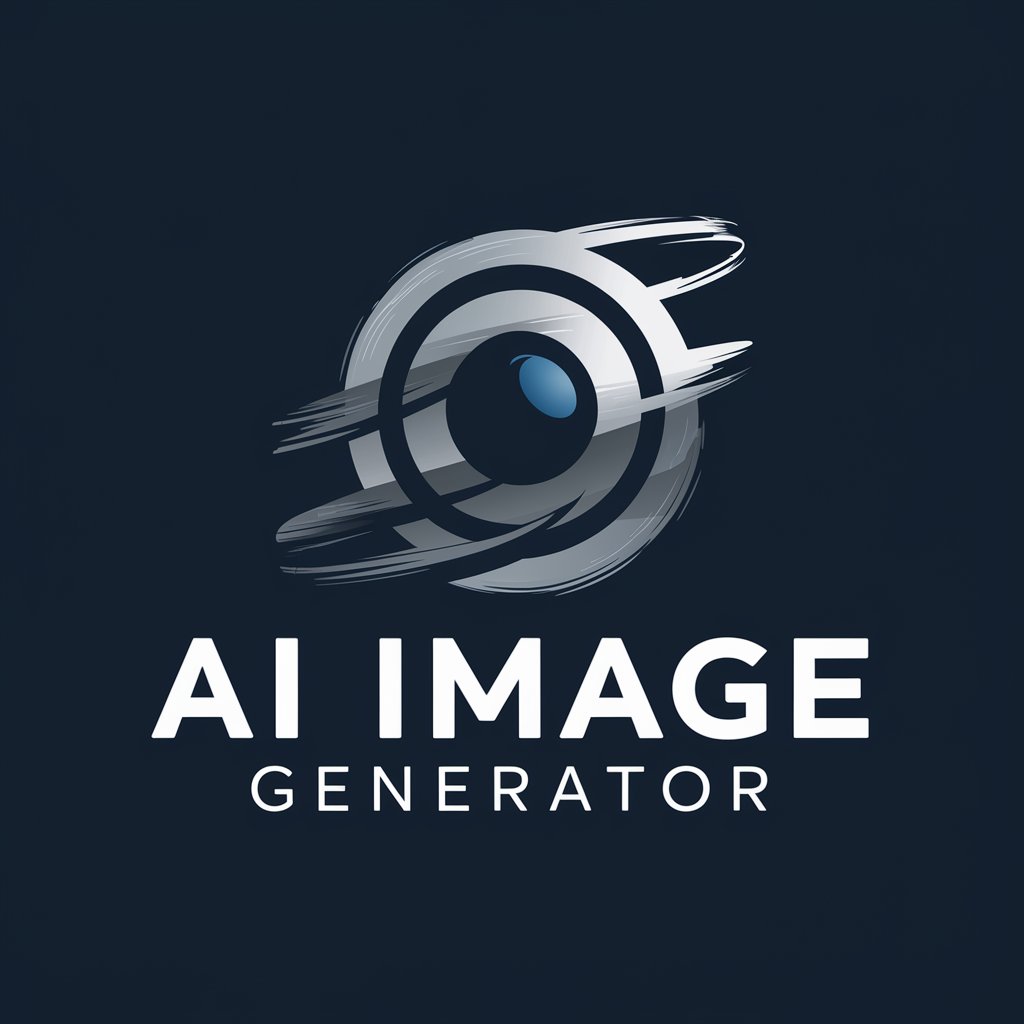
Swiftie on the Charts
Explore Taylor Swift's World, AI-Powered
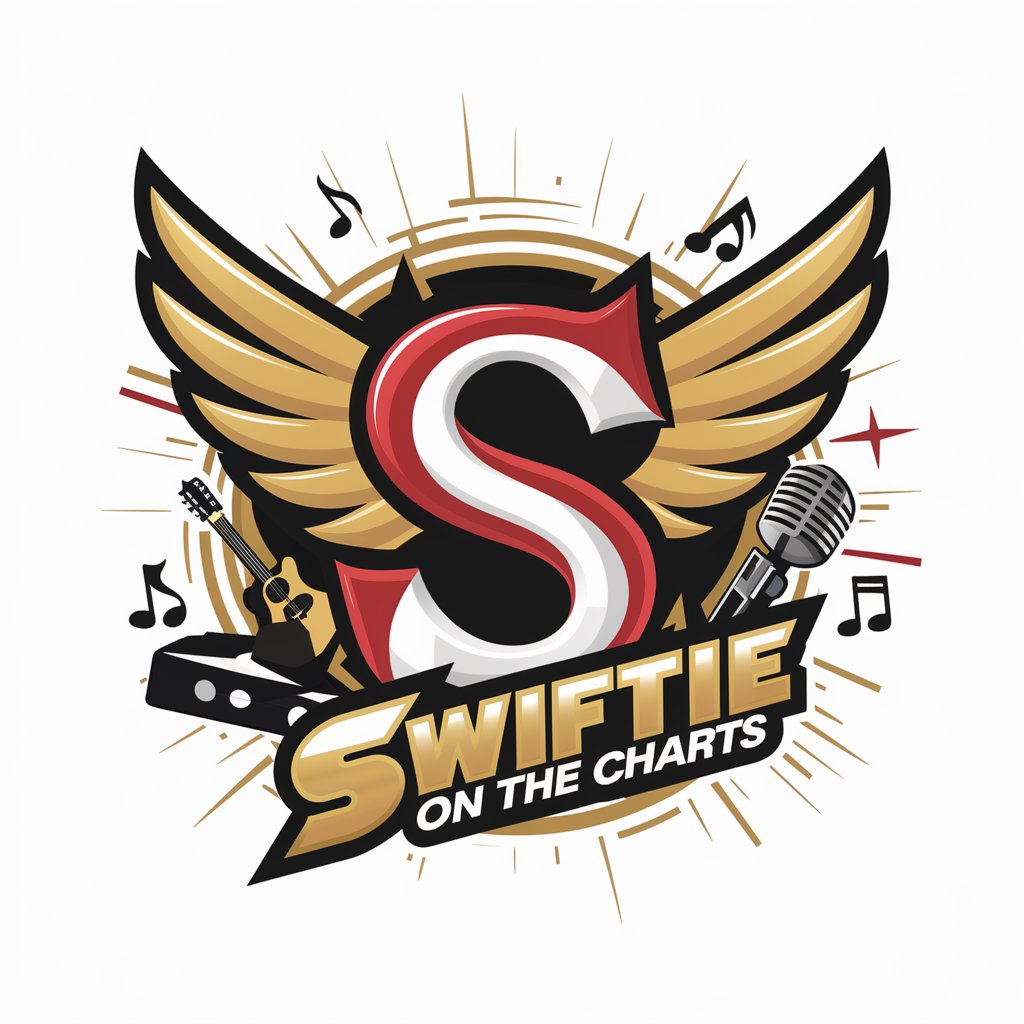
5000 Year Diamond Battery Designer
Powering the future with diamond technology.

青空文庫なび-Aozora Bunko Book Search Guide
Discover and Explore Japanese Literature with AI

Comic Book Value Finder
AI-driven comic book valuation insights.

Hack The Planet
Empowering Security with AI

Medical Misinformation Detector
Cutting Through Misinformation with AI

Info to Blockrize & Stack Q&A
What is blockrizing in the context of this tool?
Blockrizing refers to the process of breaking down and categorizing information into concise, easily digestible blocks.
Can I customize the criteria for stacking blocks?
Yes, you can customize the criteria based on relevance, frequency, or other parameters you deem important.
Is there a limit to the amount of information I can blockrize and stack?
While there's no strict limit, optimal performance is achieved with well-defined and manageable amounts of data.
How does this tool help with data analysis?
By organizing information into blocks and stacking them based on criteria, it simplifies data analysis, making patterns and key points more visible.
Can I use this tool for academic research?
Absolutely, it's particularly useful for categorizing and prioritizing research data, literature reviews, and notes.
